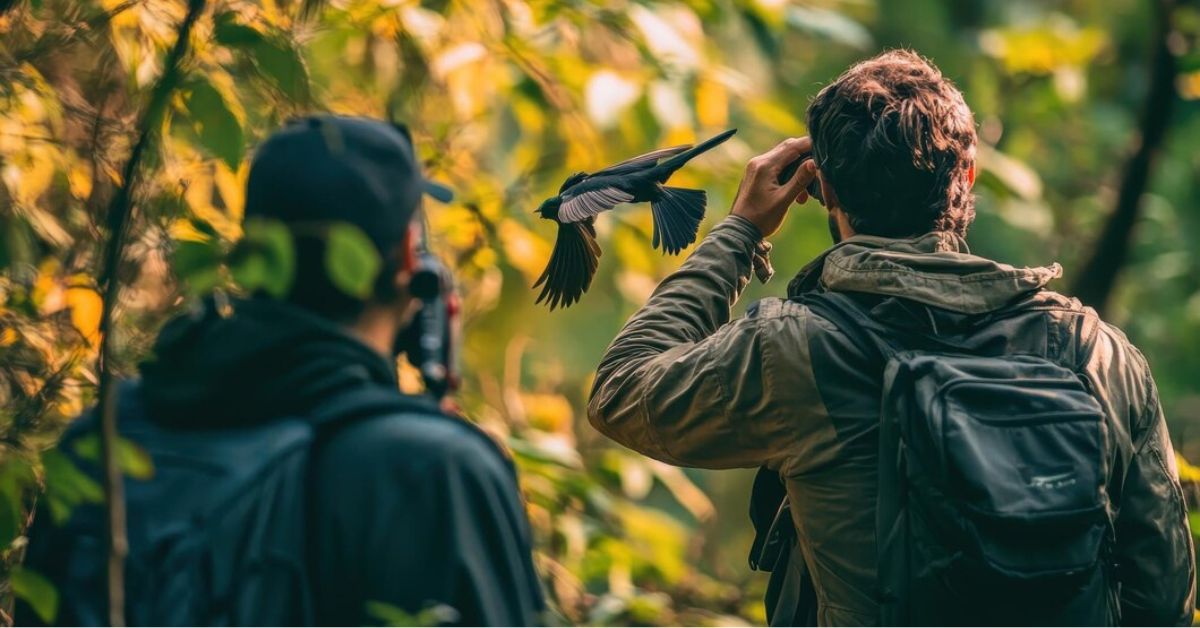Building a Self-Sufficient Hunting Practice: Essential Tools and Tips
In today’s fast-paced world, there’s a resurgence in the ancient practice of hunting. For many, it’s a way to reconnect with nature, ensure food security, and cultivate self-reliance. But how does one start building a self-sufficient hunting practice? This guide is here to walk you through the essential tools and invaluable tips needed to thrive in the wilderness as a hunter.
Why Choose Self-Sufficient Hunting?
Choosing to hunt self-sufficiently comes with numerous benefits that go beyond just sourcing your own meat. Firstly, it fosters a deeper connection with nature. Being out in the wild requires understanding animal behavior, weather patterns, and the ecosystem as a whole.
Furthermore, hunting on your own terms cultivates essential survival skills. These include tracking, stealth, and patience—skills that can be applied to other areas of life. Lastly, hunting provides a direct, mindful approach to food consumption, allowing you to appreciate every meal more profoundly.
Essential Tools for the Self-Sufficient Hunter
Equipping yourself with the right tools is a foundational step. One of the most critical pieces of gear is your weapon. Whether you choose a bow or a rifle, ensuring it’s well-maintained and suited to your style is key. For bow hunters, fixed blade broadheads are a reliable option for a clean kill, offering precision and durability in the field.
Next, a sturdy pair of boots can make all the difference. Traversing tough terrains requires footwear that offers both comfort and support. Similarly, a high-quality backpack will help you carry essentials like water, food, and first-aid supplies.
Finally, technology can be a hunter’s best friend. GPS devices, rangefinders, and trail cameras have revolutionized modern hunting. These tools can provide valuable data, helping you track animal movements and increase your chances of a successful hunt.
Mastering the Basics of Tracking
Tracking is an art form that every hunter must master. It begins with understanding the signs animals leave behind. These can be footprints, droppings, or even disturbances in the foliage. Learning to interpret these signs will enable you to predict an animal’s path and plan your approach accordingly.
Additionally, understanding the terrain is crucial. Different animals prefer different habitats, and knowing where to look can save you time and effort. For instance, deer might favor areas abundant with food and cover, while birds might be found near water sources.
Patience is a virtue in tracking. Often, it requires moving slowly and quietly, taking time to observe your surroundings. Being able to blend into the environment and move without detection is a skill that can only be honed through practice.
Building a Strong Foundation in Archery
For those choosing bowhunting, mastering archery is essential. It begins with selecting the right bow. Compound bows are popular for their power and accuracy, yet traditional longbows offer a challenge for those seeking authenticity.
Once equipped, practice is paramount. Regular shooting sessions will improve your aim and confidence. It’s important to work on your stance, grip, and release technique—all of which contribute to accuracy.
An often-overlooked aspect of archery is the mental game. Focus and calmness are as crucial as physical skill. Developing a routine that calms your mind can significantly improve your shots under pressure.
Understanding Animal Behavior
A successful hunter must understand the animals they pursue. This means studying their habits and routines. Knowing when and where an animal feeds, rests, and travels can give you a significant advantage.
Additionally, understanding communication signals can be beneficial. Many animals use vocalizations or body language to convey messages. Recognizing these signals can alert you to their presence or indicate if they’re aware of yours.
Seasonal changes also affect animal behavior. Breeding seasons, for example, can alter patterns and increase activity. Keeping aware of these cycles ensures you’re hunting at the optimal times.
Ethical Hunting Practices
Self-sufficient hunting is not merely about the hunt; it’s about respect. Respect for the animals, the land, and the tradition is paramount. This begins with understanding and adhering to local hunting regulations, which ensure sustainable practices.
Furthermore, ethical hunters aim for clean kills, minimizing suffering. This requires mastering your weapon and understanding shot placement. It’s also about making use of the entire animal, honoring the life taken and reducing waste.
Finally, every hunter should aim to leave the environment as they found it. This means cleaning up after oneself and respecting the habitats of the wildlife.
Engaging with the Hunting Community
Building a self-sufficient hunting practice doesn’t mean you have to go it alone. Engaging with the hunting community can provide support, knowledge, and camaraderie. Online forums, local clubs, and social media groups offer platforms to share experiences and learn from others.
Attending workshops or hunting expos can also be beneficial. They provide opportunities to see the latest gear, learn new techniques, and meet like-minded individuals who share your passion.
Lastly, consider mentoring new hunters. Sharing your knowledge and experiences not only helps others but also deepens your understanding and appreciation for the practice.
Conclusion
Building a self-sufficient hunting practice is a deeply rewarding endeavor. It sharpens both body and mind, connecting you to nature and providing a sustainable source of food. By equipping yourself with the right tools, mastering essential skills, and engaging with the community, you unlock a path to a more self-reliant lifestyle. Whether you’re a novice or experienced hunter, this guide offers insights and tips to enhance your experience and success in the wild.







